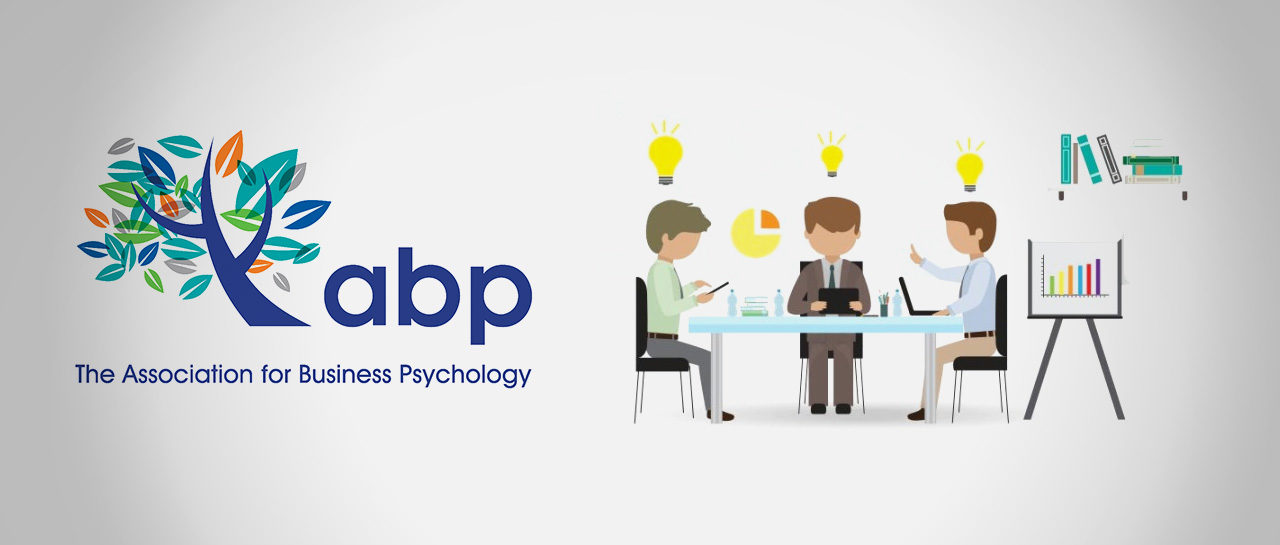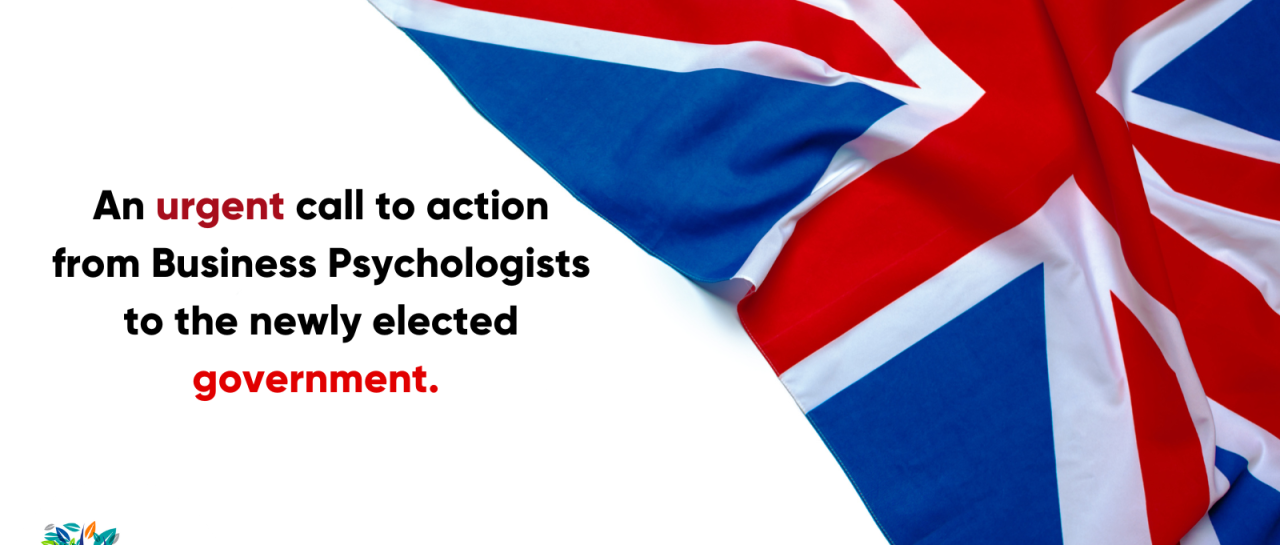Authored by Certified Business Psychologist Laura Howard. Certified Business Psychologist, Laura Howard, reflects on the webinar she recently delivered to ABP members. Below she outlines the main findings of her published research uncovering systematic barriers women face when being authentic as leaders. Importantly, she gives…

Eimear Meredith-Jones
Managing Director, Accenture Talent and Organisation
19th November 2019
Progressing the Diversity Agenda by using AI to Eliminate Bias
The labour market continues to evolve as technology changes the work and home life, shifting consumer expectations, and these consumers, as employees, bring these expectations into the workplace. Employees have expectations from work , to be fairly recognised, to be listened too and to be respected. Many organisations say people are their most important asset, yet few behave as if they are. Employees are pushing for that to change and will vote with their feet. In the search for quality talent organisations have to recognise people as individuals and treat them as the individuals they are.
At the same time the future of work is being transformed through technology. In large companies, where large scale delivery through waterfall approaches we see a change to smaller more agile teams , where hierarchical decision making is giving way to flatter structures and closer cooperation across teams to reduce layers of management and working capital. The result of this is that decision making is being pushed to the “point of need”.
A key consequence of the increased use of AI is that there are inevitable operational changes, but these need to be matched to worker changes. Although AI reduces the need for human intervention in some areas, there is little evidence of a long-term trend in the overall reduction of labour, but there will clearly be huge changes in skills requirements. Workforce trends vary from industry to industry but a useful overall model considers tech and corresponding workforce changes:
| Technology Changes | Worker Changes |
|---|---|
| AI and Automation | Worker Preferences |
| Physical Digitisation | Workplace Hyperconnectivity |
| Platforms | Learn on the go |
| Big data | Renewed Social Contracts |
These elements clearly represent massive changes in worker roles and organisational needs but analysis particularly highlights the following:
- A more agile workforce is required. This requires investment in skills development
- Although most organisations are aware of the impact of digital, only very few are doing enough to meet the challenges
- Business is becoming about data, and there is a chronic worldwide shortage of data scientists, and 82% of employees recognise that digital will transform their work within three years.
- Where AI is been successfully introduced, rather than a net loss, there is expected to be a net gain over the next three years in the numbers of jobs of 63%
- There is an inevitable shift in organisational culture: such changes when handled correctly and competently provide a workforce with the resilience to manage their jobs and demonstrate resilience in a dynamic market place;
An important goal of managing change through technology is building peoples resilience in a dynamic marketplace. Accenture is a substantial operation employing 470,000 professionals and support staff globally: recruitment and branding is critical, and they recognised that a different approach to recruitment was necessary to build diversity at a graduate level. It therefore devised a new framework and defined some critical elements. Some key motivators are whether elements of the current model are still fit for purpose, the need for more flexibility, raising quality in volume recruitment, bias by design elimination and market differentiation.
There has been much pressure to address issues of diversity. While it is acknowledged that successful implementation of a diversity strategy can improve performance, a key element in securing a level playing field is addressing inclusion by design, establishing some key criteria, and using differentiation to ensure fitness for purpose, e.g. for graduates. And an important element is the Holy Grail of eradication of bias,
What does good recruitment practice look like? Flexibility is a given: adapting to meet a raft of different expectations from both candidates and employers is the next horizon. A key component of success in this area is learning agility: a small percentage will try and “self improve” and do this naturally but 80% need encouraging. It has been found that the extent to which people will adapt can be assessed by
* Cognitive and functional ability
* Delivery strength
* Willingness to collaborate
* Intellectual ability
* Willingness to learn
The “Accenture Discovery Portal” and eradication of bias.
The key candidate journey points are:
* Sourcing attraction
* Optimising the use of mobile for the application process
* Discovering the portal, accessing the site and online immersion
* Unique assessment techniques
* Candidate assessment centre experiences
* Offer process
* Onboarding and meeting expectations
Because of the audience diversity, candidate engagement needs to be maximised through simplicity at the front end.
Individual performances need to be placed in context: data obtained from traditional evaluation methods is supplemented by “Deprivation Scores”. These scores are derived from engagement with the proprietary Accenture “Discovery Portal”. Although only introduced relatively recently they appear to be producing some promising results. The portal includes a Virtual Reality assessment of a working environment and supplements the results from the traditional assessment centre, allowing assessment of whether a candidate is a good fit.
The portal is an intuitive application process which :
* is mobile enabled
* includes “Diversity” software
* Can process large amounts of data in context
* Contains meaningful analytics
* Pipeline Automation
* Programmed to detect and eliminate areas of bias
The Portal permits “Inclusion by Design” and allows for full flexibility in approach to assessment. However, it relies on some historical data and experience to date has shown that there is much work to be done is redesigning and modifying. The challenge is being able to predict performance using a raft of experience and historical data and it is estimated that the process will be fine tuned to deliver accurate results in two years.
The introduction of Virtual Reality elements into assessment centres has clearly introduced another dimension into assessment. This is a practical application of mining of large amounts of data and permits analysis of detail such as movement as well as responses. In traditional assessment centres there is to hand normally a physical assessor but in addition there needs to be two assessors trained in using particular VR techniques and identifying other elements on the computer screens.
Application Stage. Another element of the approach to reducing bias is at the stage of application. Despite efforts to eradicate bias, it has been found that some sections of the Community are not coming forward to apply. This has been addressed through increasing the level of advertising is some sectors but several elements are showing signs of a real breakthrough in candidate attraction.
The range of steps taken is considerable and include for example:
- Online application forms
- Mobile app compatibility
- Regular online forums where potential candidates can ask questions and exchange views.
- Reviewing why some groups of people drop out during the application process.
- KPIs and gender mixes and other subgroups are measured every month
While the company has gone to great lengths to eliminate bias, it still feels it can go further. More needs to be done to project an “inclusive” image, that applicants will be treated fairly and that they will have an equal chance but no one can dispute that Accenture has made a giant step towards fair recruitment and eliminating bias.
View the slides from the event here.
RT
19 November 2019



